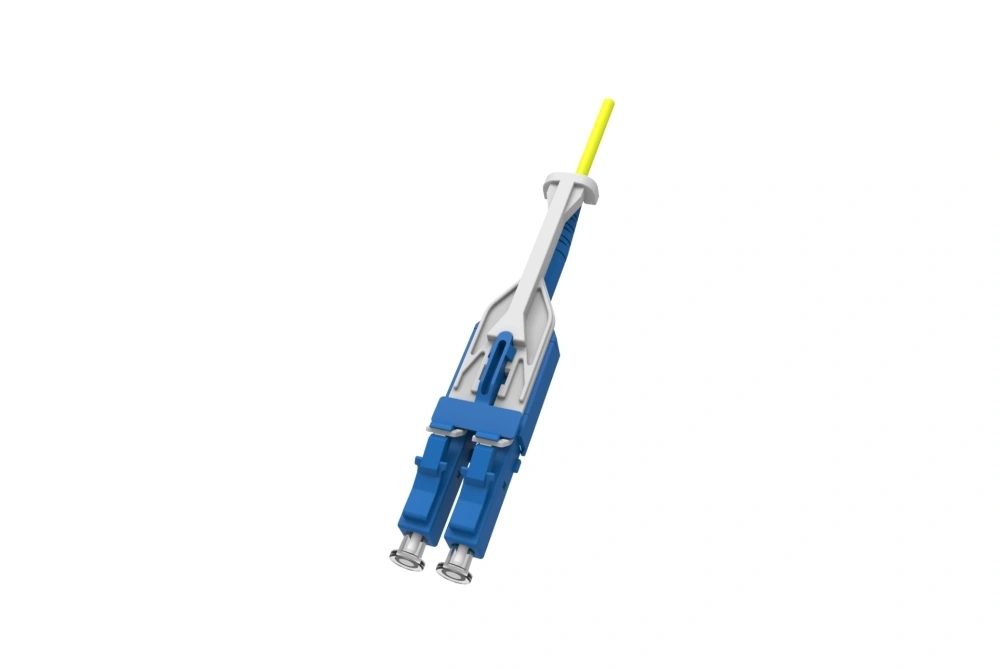Introduction

Fiber optic jumper connectors are essential components in optical communication systems. However, they are susceptible to water and dust, which can adversely affect their performance and reliability. Therefore, it is crucial to implement effective waterproof and dustproof measures to ensure the optimal performance and longevity of these connectors.
Waterproof Measures
In order to protect fiber optic jumper connectors from water damage, several measures can be implemented:
1. Connector Sealing
One of the primary methods to achieve waterproofing is to seal the connectors properly. This can be achieved by using sealing materials, such as gaskets and O-rings, to provide a watertight seal. These seals prevent water from entering the connector and damaging the delicate optical fibers.
2. Waterproof Cable Assemblies
Using waterproof cable assemblies is another effective measure. These assemblies have a protective outer layer made of waterproof materials, such as polyethylene or polyurethane. This outer layer acts as a barrier against water infiltration, safeguarding the connectors from moisture damage.
3. Cable Entry Sealing
The entry points where the cables enter communication cabinets or equipment should also be properly sealed. This can be accomplished by using cable entry boots or glands, which provide a tight seal around the cables. Additionally, waterproofing tapes can be used to further enhance the sealing and prevent water ingress.
Dustproof Measures
Preventing dust from entering fiber optic jumper connectors is equally important. Here are some measures to achieve dustproofing:
1. Connector Caps
When fiber optic connectors are not in use, it is essential to protect them with connector caps. These caps cover the connector endfaces and prevent dust particles from settling on them. Connector caps are typically made of dust-resistant materials, such as rubber or plastic.
2. Regular Cleaning
Regular cleaning of the connectors is crucial to remove dust particles that might accumulate over time. Cleaning should be performed with lint-free wipes or specialized cleaning tools to avoid any damage to the optical interfaces. By maintaining clean connectors, the risk of dust-induced signal degradation can be minimized.
3. Dustproof Cable Assemblies
Using dustproof cable assemblies is another effective strategy. These assemblies are designed with a special jacket material that prevents dust particles from adhering to the cables' surface. The dust-resistant jacket acts as a physical barrier, minimizing the chances of dust contamination on the connectors.
Conclusion
Implementing waterproof and dustproof measures for fiber optic jumper connectors is crucial to ensure their optimal performance and reliability. By properly sealing the connectors, using waterproof cable assemblies, and protecting them with connector caps, the risk of water damage can be significantly reduced. Additionally, regular cleaning and using dustproof cable assemblies contribute to minimizing dust-related issues. By following these measures, the lifespan and efficiency of fiber optic jumper connectors can be greatly enhanced.



